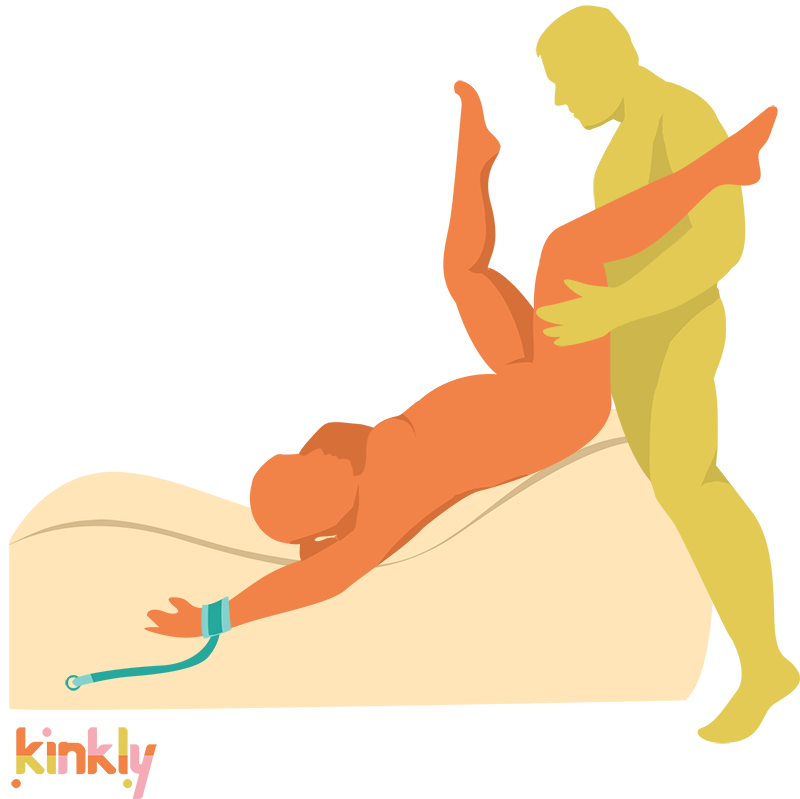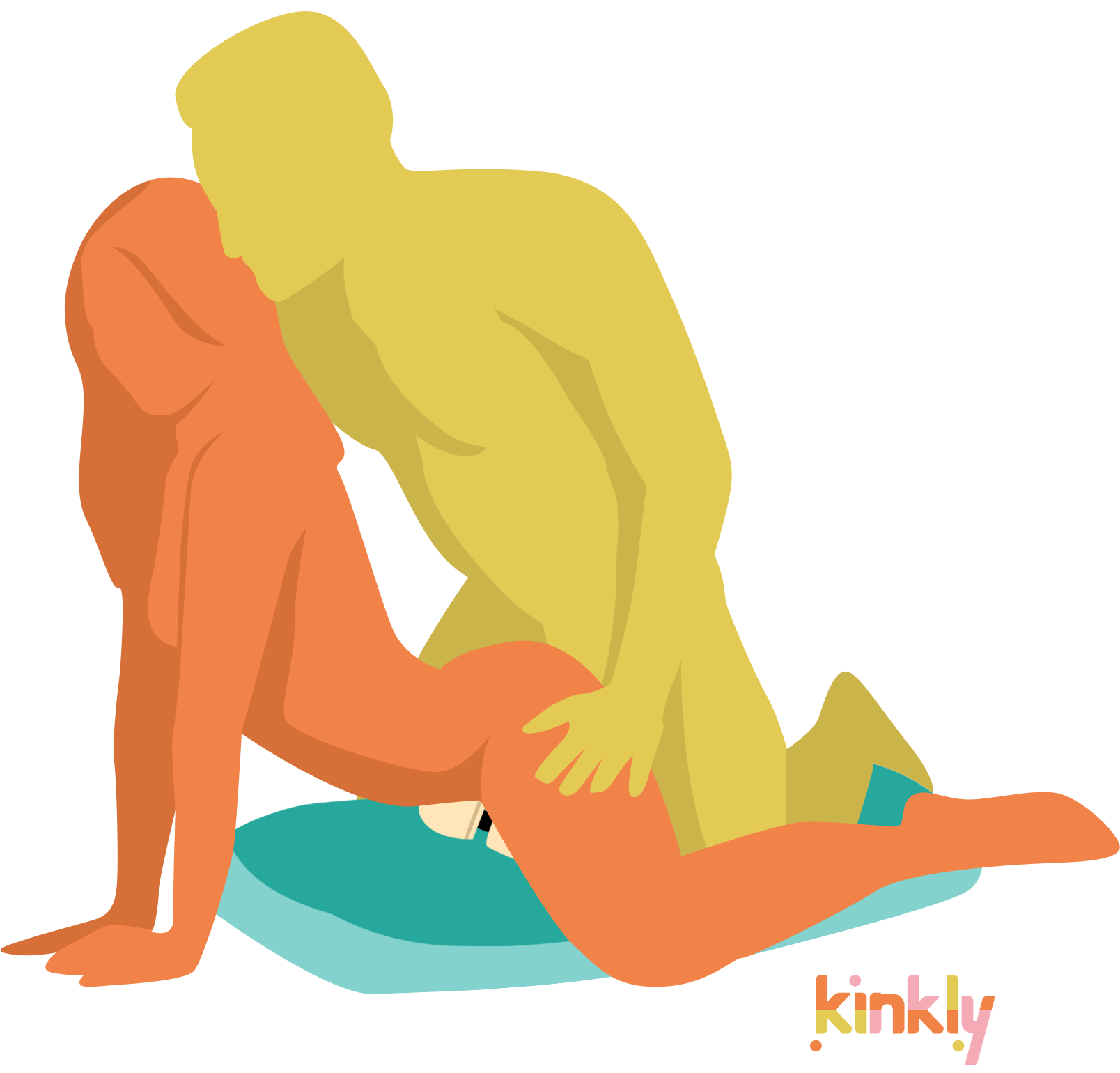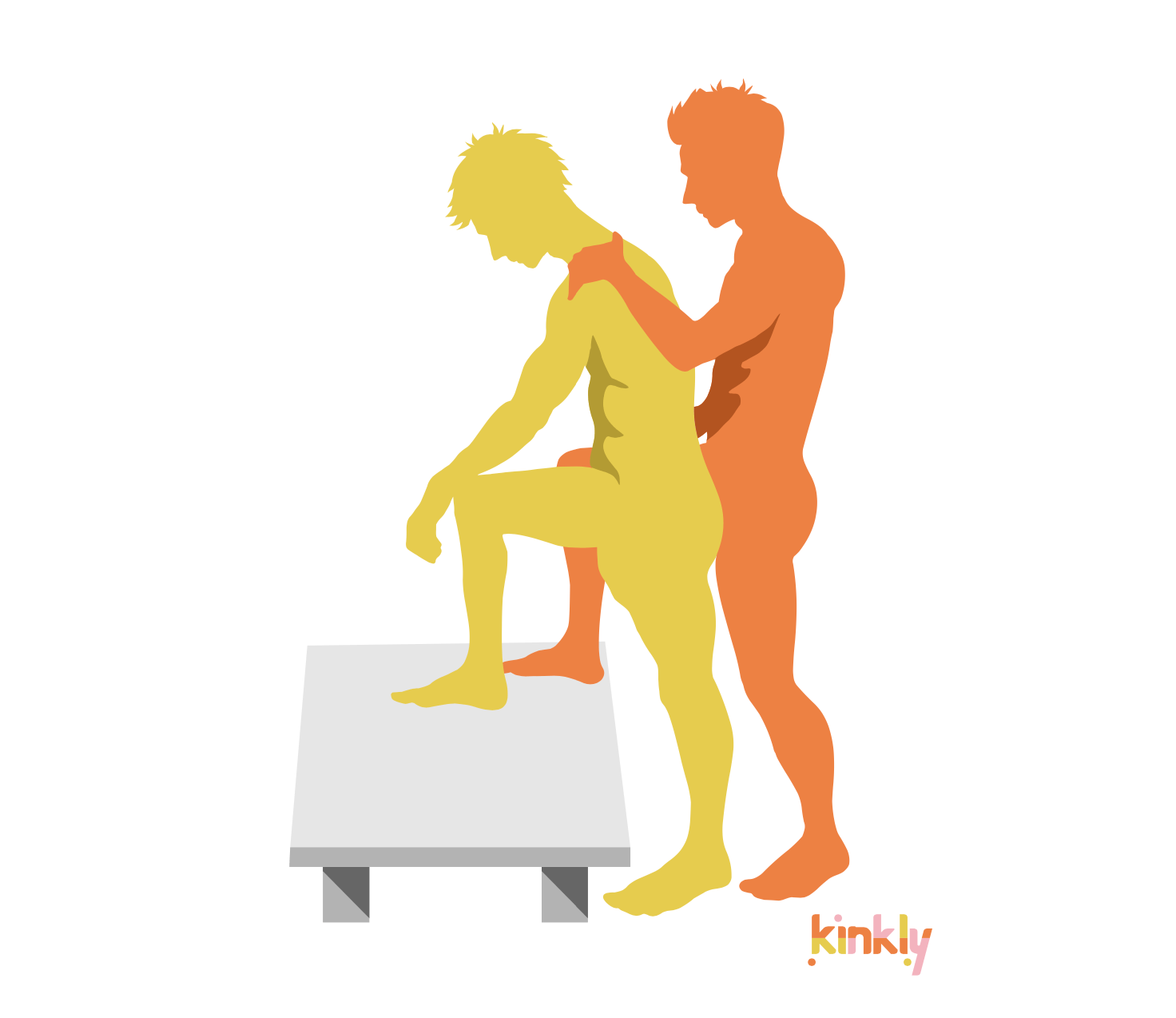Growing up, I was taught that equality meant women working outside the home, splitting bills on dates, and keeping their last names. But as I got older, these expectations began feeling just as confining as the ones they’d replaced. I realized I wanted a job that would allow me enough time at home to care for my children, got excited by the idea of someone taking me out to dinner and paying, and liked the thought of acquiring my husband’s last name so I could carry a piece of him everywhere.
Nowadays, there’s a growing online community of women who proudly own conventional gender roles like these and identify as "traditional wives," or "tradwives." Tradwives run the gamut from conservative anti-feminists to more liberal-leaning people who simply adopt some old-school tropes.
Their TikToks and Instagrams share ideas for taking care of a family and household. Millions follow them, though news articles are often critical of their allegedly backwards lifestyles. Is there something to learn from them, though?
What the Tradwife Dynamic Can Look Like
Delaney, a 22-year-old housewife in Pennsylvania, loves being a tradwife.
“My responsibility is to keep my family safe and healthy, both through the foods I prepare for them and the sanitation upheld around the house,” she says. “It is my responsibility to decorate and organize my home to make it a warm and welcoming environment for both my family and my guests. Everything I do and create is designed to bring joy, brightness, and flavor to my loved ones' lives. I work from scratch to stretch my husband's dollar and to respect his hard work outside the home.”
One component of Delaney’s relationship with her husband is submission, which she equates with trust.
“This is not to say I don't get my two cents, but rather that after all points are made and exhausted, I trust my husband's verdict to be of our best interests,” she explains. “Often, sexual content depicts 'submission' as degradation, and I think this has distorted people's perception of what submission looks like in a traditional marriage. And for some, this has given it a false connotation of inherent abuse.”
Contrary to the idea that submission means a lack of power, Delaney actually exercises a lot of power in her marriage.
“I am fully in control of our finances, our expenses, everything pertaining to the home,” she says. “There are very few instances when my husband has overridden the way I do things. Because this is a rare occurrence, it holds importance to me when he wants to change something or make an executive decision.”
Why Women Become Tradwives
This kind of dynamic can be healthy if it’s something both people enjoy, says marriage and family therapist Marissa Nelson.
She says the important question is: “Does a woman feel more comfortable being more submissive to her partner and get great joy out of the role expectation of being a wife and being a mother?”
Some women may become tradwives to be present for their children, she adds. Perhaps their own parents weren’t present for them, or perhaps they were and they appreciated it. Though Delaney doesn’t have kids yet, she wants time to breastfeed and cook nutritious meals when she does. She also believes well-defined marital roles prevent arguments over who does chores or who pays for what.
Tradwifehood may also be about more than gender. It may reflect a larger move to connect with family, the Earth, and DIY creativity.
“It feels like, since the onset of the COVID-19 pandemic, folks are craving connection to more traditional (read: less technological) ways of being in the world, from backyard gardens to sourdough starters,” says feminist scholar Melissa A. Fabello. “The cultural pendulum tends to swing hard – and we may be seeing our first swing away from technology since the Internet became a ubiquitous household option in the 1990s.”
Sociologist Sarah Melancon has another take: “I see the trad movement as a search for meaning. Modern life is messy, overwhelming, and confusing, while well-defined roles can not only take the guesswork out of the analysis paralysis equation, but may feel comforting. Particularly, as we face rapid technological and thus cultural change, a longing for tradition and simplicity may feel like home.”
Melancon adds that some women have realized corporate and financial success don’t always mean happiness. They desire instead to reclaim traditionally feminine positions like motherhood that society often puts down.
Ways to Tradwife
Tradwives are far more diverse than the media sometimes lets on. If you go on Facebook, the groups you’ll see include The Feminist Tradwife Life as well as The Conservative Tradwife Life.
Delaney, who moderates The Modern Tradwife Life — which welcomes pro-choice and LGBT+ members — holds a mix of conservative and liberal positions. “While I choose to live as a traditional wife, it was my own free will that enabled me to do so,” she says. “I greatly value free will, and my politics reflect that.”
Delaney has tried working outside the home while married, and it didn't work for her. Today, she and her husband’s dynamic feels more mutually beneficial.
“The 40-hour work week wasn't designed with the intention that you'd also be running your home, raising a family, homesteading, et cetera,” she says. “It was a very isolating experience for both of us to try to have it all and balance more. Keeping me at home as his helpmeet has improved our lives and our marriage in all facets. We save money from having me cook healthily from scratch. Our home is clean and enjoyable to return to. And we have found our mood uplifted when, in turn, my husband can come home at the end of his shift and simply put his feet up and enjoy the fruits of his labor with me caring for him, just as he does me.”
Some tradwives, especially Christian ones, believe in avoiding sex before marriage “to emphasize respect and significance,” says Delaney. However, she adds, “I would not say this is a requirement among all traditional wives over all paths of life. Many wives only took on a traditional role after they had already become married, some after they had children, some in an effort to turn their lives around from a non-traditional past.”
Though it seems antithetical to the tradwife life, some tradwives are sexually open-minded. Delaney has come across forums where trad wives have reported they are dominant in bed.
“One wife had explained it along the lines that her husband enjoyed 'taking a backseat,' so to speak, to have an aspect of his life that he did not have to take control over, while she was able to use sex as an opportunity to take the lead,” she says. “For some couples, reversing the power dynamic in the bedroom appears to strike a balance in their marriage so that neither person feels confined to one expectation indefinitely, such as in marriages where the husband may experience a sense of burnout or pressure from the weight of leading. Having his wife take over when engaging in intimacy allows a moment to decompress and focus on being pleasured.”
Critiques of the Tradwife Trend
Some tradwife social media accounts rub liberal-leaning women the wrong way with old-fashioned advice like “ladies, doll yourself up for your husband… he does notice” and claims that women are “boss-babed out.” The New York Times went as far to say that tradwife content is just for “men who want submissive wives.” Many tradwives indeed believe women’s natural place is in the home, though not all impose this belief on others.
“While women choosing lifestyles that feel appealing to them can be powerful in and of itself,” says Fabello, “the romanticizing of a time in which women had no choice but to be homemakers feels dangerous when there's a lack of critical analysis.”
Melancon is also concerned about the way some tradwives approach sexuality.
“Many tend to frame sex as a duty rather than as a source of pleasure or intimate connection,” she says. “A duty-based approach to sex can substantially contribute to sexual dysfunction, sexual pain, and a trauma response during what is meant to be an act of intimacy.”
However, Melancon is more concerned about those who were taught traditional values from a young age, sometimes by religious groups or cults, than those who are aware of their options and feel this is the best one for them.
The “tradwife” trend is not always inclusive, nor is the lifestyle widely accessible.
“To make housewifery look lovely requires a lot of resources,” says Tulane University sociologist Lisa Wade. “Making ends meet as a worker in the United States has become harder and harder since the 1980s, so I can see the appeal of not having to work. But the kind of wealth and income that is required to support an entire family from one person is a lot of money these days. The bell curve of who can support a wife — it’s only the wealthiest people in America.”
So, while some may consider tradwife content aspirational, they shouldn’t feel pressure to live like their favorite influencers.
The Path Forward: Modern Traditions, Traditional Modernity
Where does this leave us? Personally, I love the idea of mixing and matching the modern and traditional. I dream of wearing a white wedding dress embroidered with rainbow flowers. Of my husband cooking for me while I sit on the sofa feeding our child. Of having him rinse the dishes then hand them to me to place in the dishwasher as we sing together. Of helping him pick out a shirt he looks radiant in before he pats my derrière on the way out the door. Of devoting Sunday nights to pleasing him, and Friday nights to me. Then losing track of who is pleasing who.
On a larger scale, I hope women feel free to explore and adopt the traditional, the modern, and both at once. I hope tradwives and boss babes can stop battling it out and unite in the fight for women to practice a vast array of lifestyles, all to their liking.


















